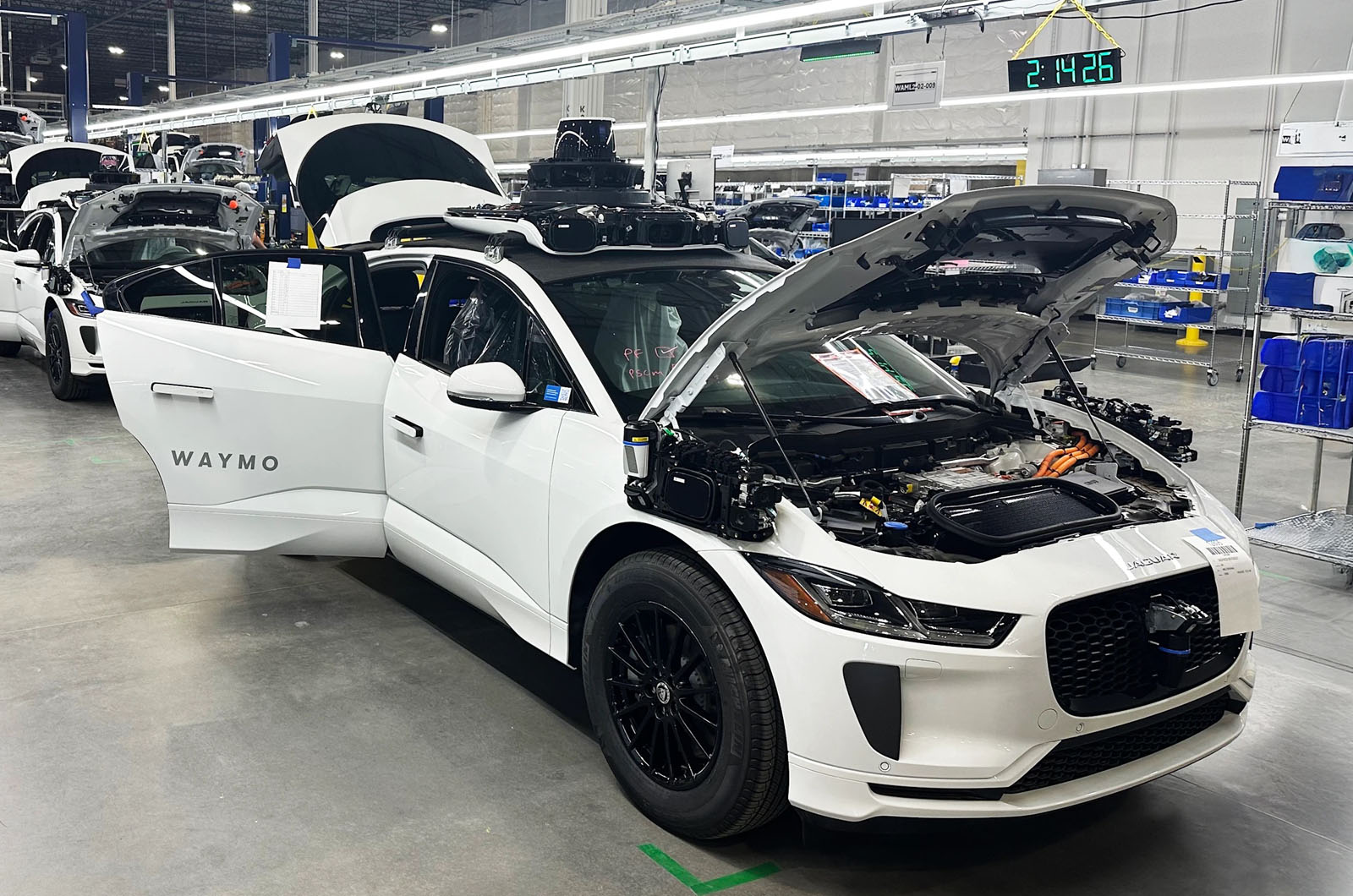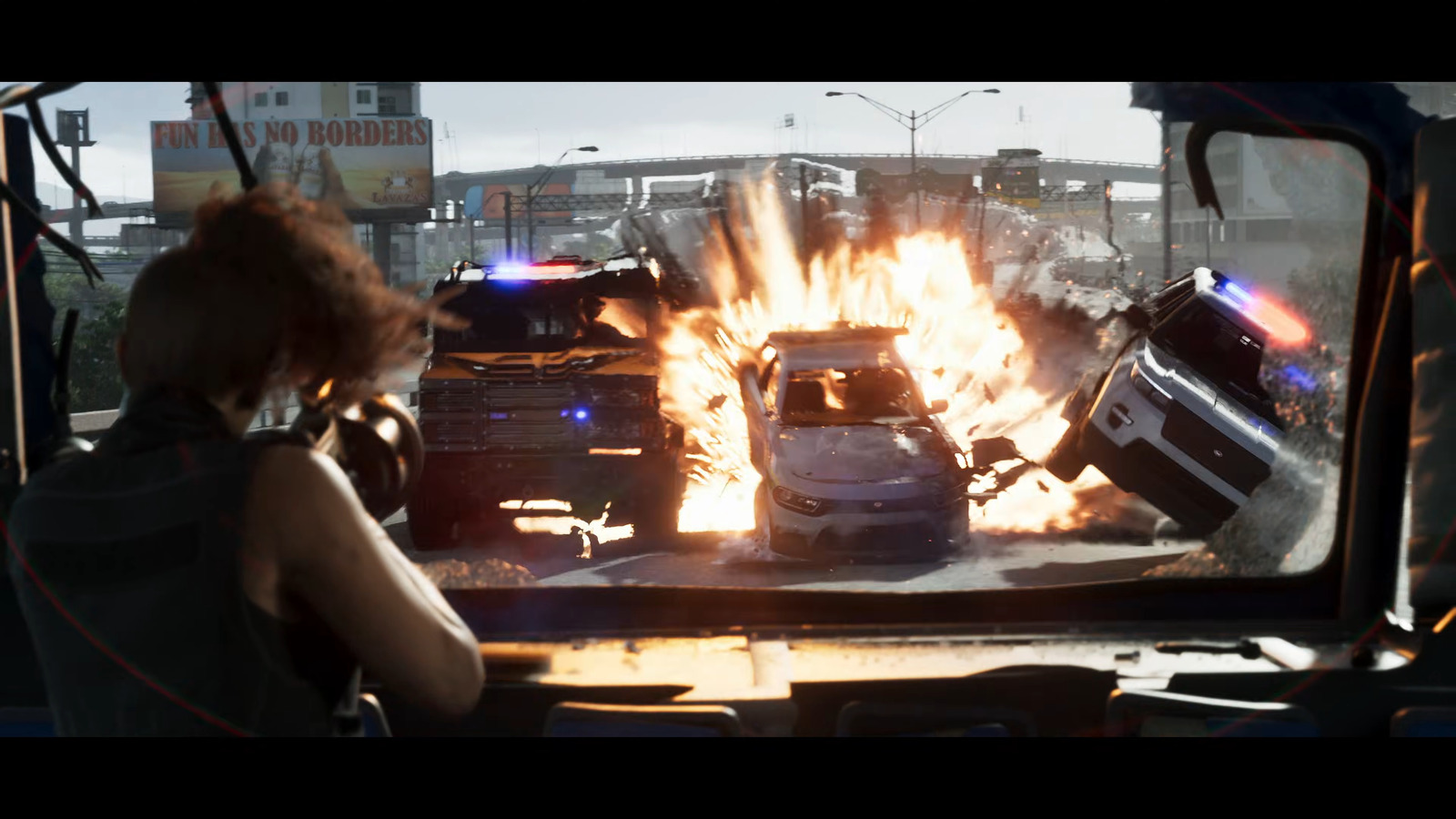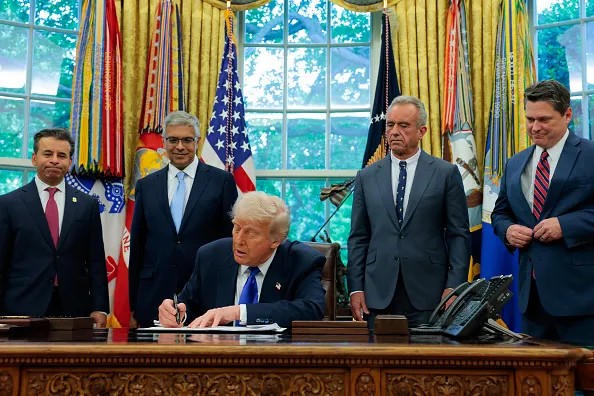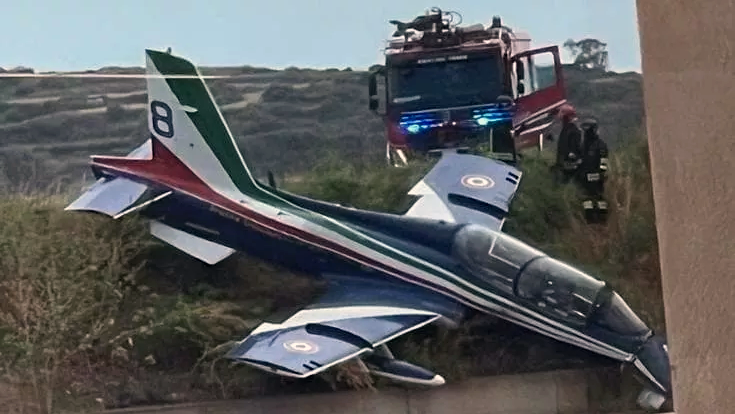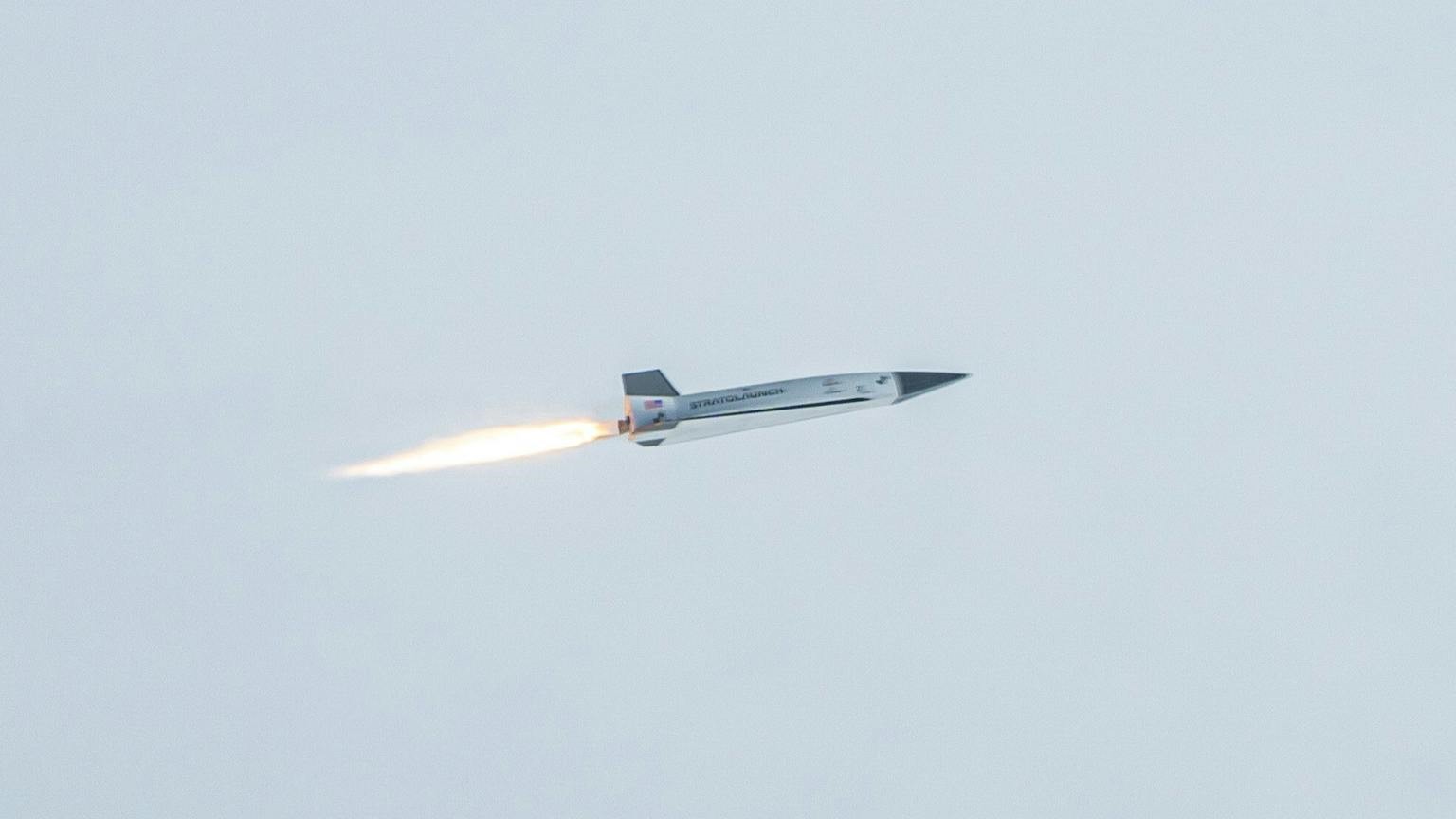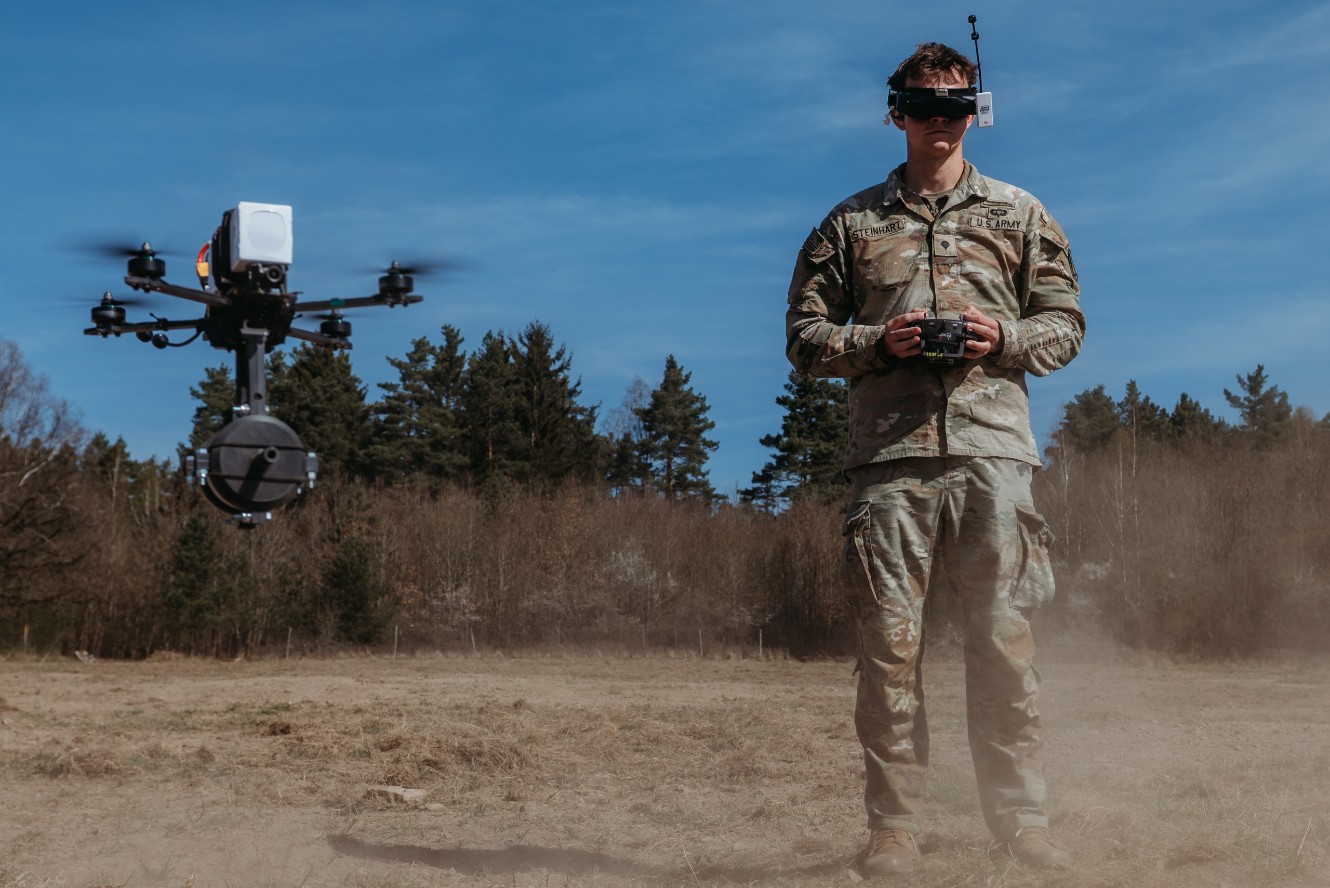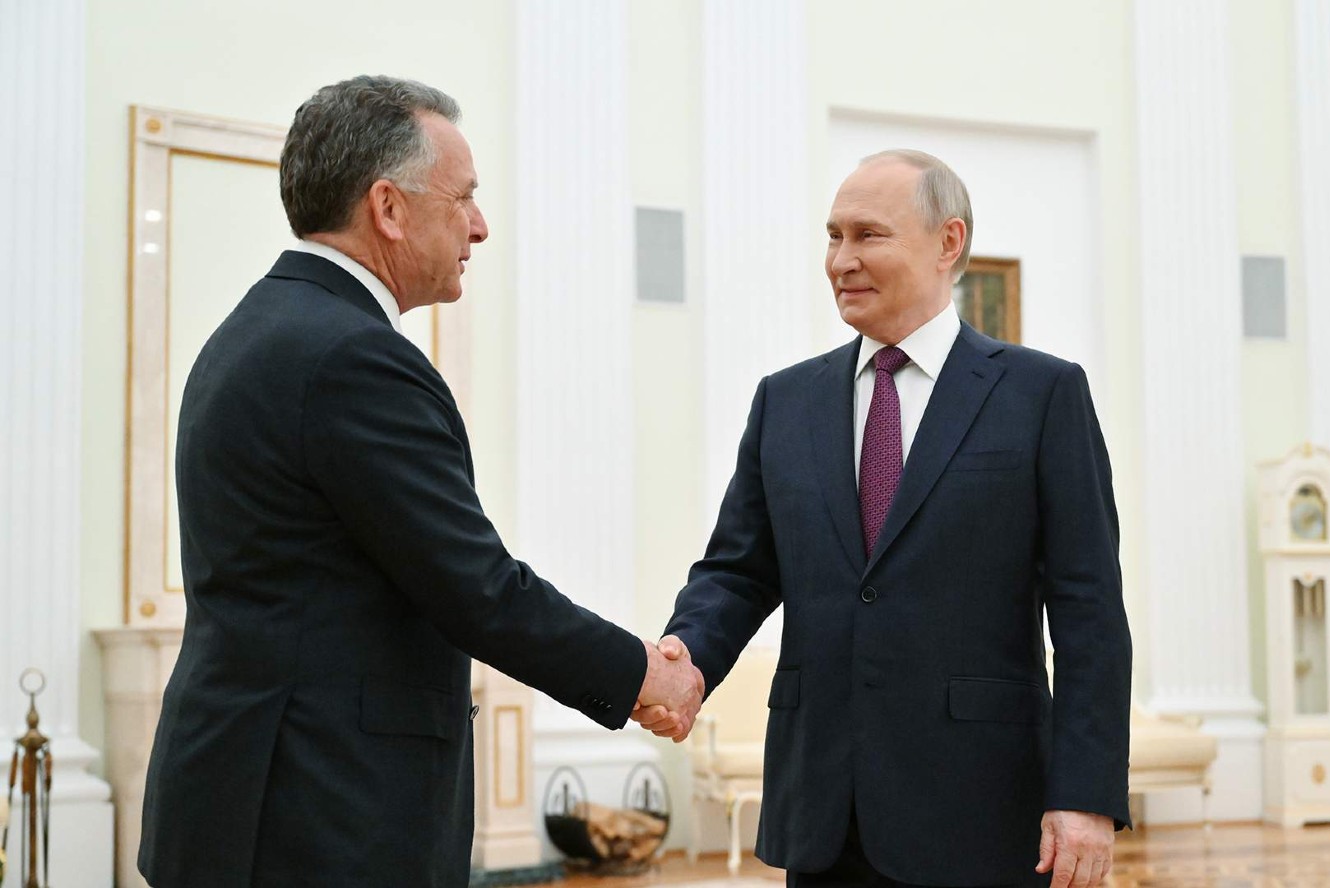At an electronic warfare conference in Rome, calls for industry innovation and reinvention
In light of unprecedented changes in conflict, to the extent that “we have never seen things before like you see now,” Nico Scharfe, Plath managing director urged industry and military decisionmakers to “change faster” and find a “new chain” of “intelligence and acquisition possibilities.”


Soldiers stand with a drone defense weapon and binoculars for protection in St. Peter’s Square on April 24, 2025. (Photo by Michael Kappeler/picture alliance via Getty Images)
ROME — While much of the world has their eyes glued to the Vatican in anticipation of a new pope, defense officials and industry specialists from across the continent are gathering in Rome for their own conference, this one spurred not by faith but another invisible, powerful force: electronic warfare.
According to the first two keynote speakers at the start of this annual conference of the Association of Old Crows (AOC), it’s time for industry and European defense funding to speed reinvention and innovation if Europe wants to have a chance at keeping up with the blistering evolution of EW in combat.
During an “Intelligence Day” hosted by German EW firm Plath today, Nico Scharfe, managing director of the company, said, “We have new challenges and we have to fulfil new paths … which we never thought three years ago we could walk,” as he warned of “enormous” future EW challenges.
To meet those problems head on, Scharfe said, “First we have to reinvent ourselves and better how we grow the work [of industry] and act on the battlefield.”
Similarly addressing technology related imperatives, Adm. Davide Berna, former commander of Italy’s joint intelligence center, called on industry and European militaries to “embrace innovation as a central pillar of our collective defense strategy.”
He also focused on the importance of multi-domain operations and their ability to counteract the trend of limited decision-making in the field, while arguing that delivering a “comprehensive picture” of threats to commanders requires “a great agility and great precision in data collecting.”
Scharfe said that in light of unprecedented changes in conflict, to the extent that “we have never seen things before like you see now,” he urged industry and military decisionmakers to “change faster” and find a “new chain” of “intelligence and acquisition possibilities.”
Hinting at the European wide effort to increase defense spending and rearm at pace, Scharfe also noted that “managing the budget is not a problem anymore” as he called on defense forces to “buy more intelligently.”
He added, “We have more money available to buy things for the bosses, but there’s a big threat that we are buying more of the old stuff, especially in the field of intelligence.”
If such a trend continues, armed forces could be prevented from adapting to “new challenges,” according to Scharfe, while he also drew on the need to focus on “strategic partnerships.”
Delivering a six point plan, Scharfe highlighted information superiority, the future growth of uncrewed systems, optimizing data processing, customer demands for multi-sensor equipment to be cost efficient, a focus on “vendor independent,” platforms and the “melting together” of homeland security and defense as critical to tackling EW challenges going forward.


















